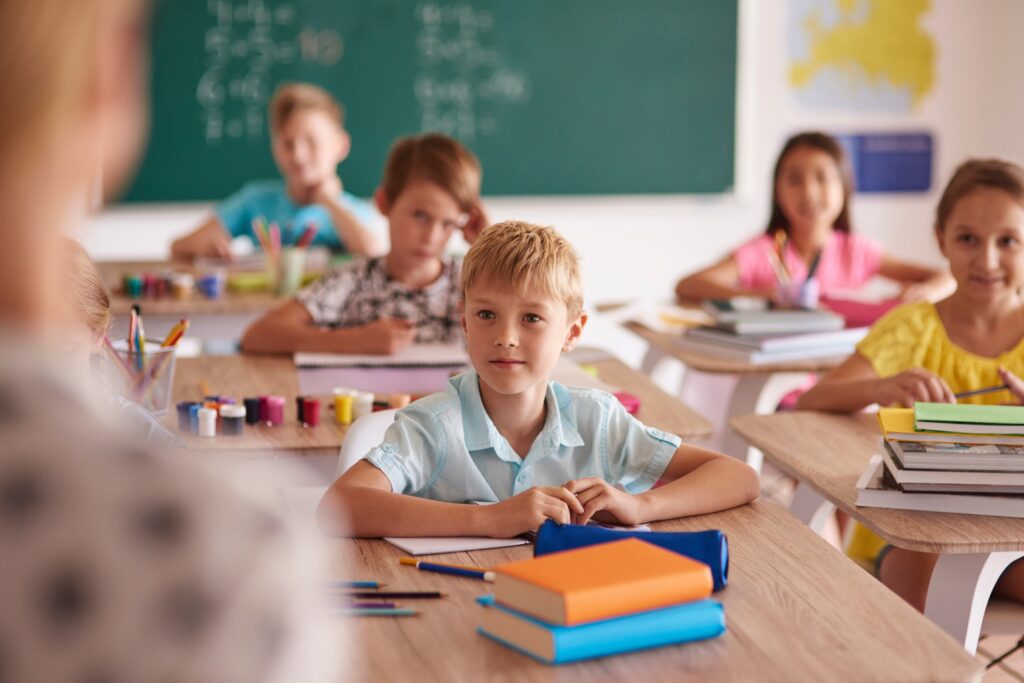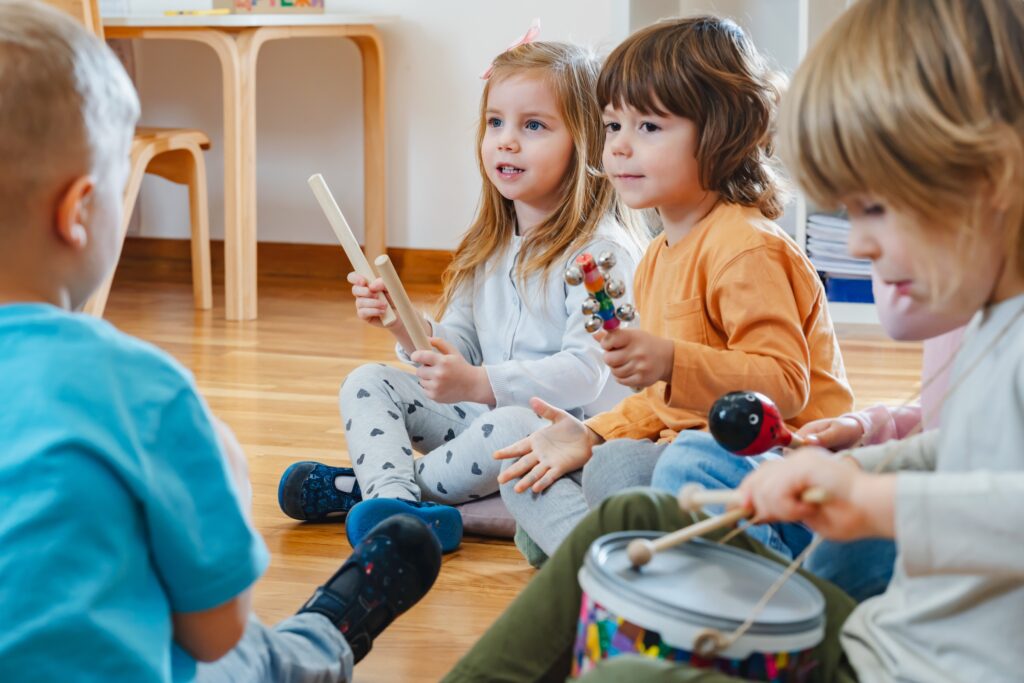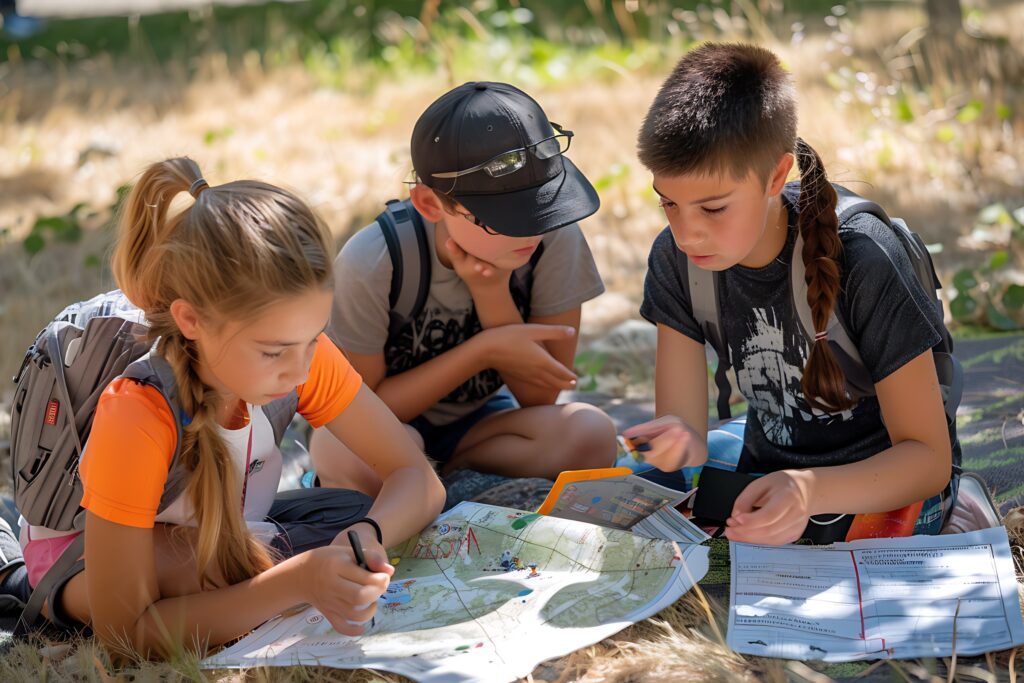Rocks in Noses and other great childhood adventures. Why?


The emergency room staff seem nonplussed to see my 2 year old with a rock wedged in his nose. But when tweezers were unsuccessful, they emerged with the tiniest vacuum hose I’ve ever seen and suctioned the pebble straight out. There was no real harm done, but it was still an ordeal to resolve.
Many parents can regale with stories of items and orifices. My son was an apple that didn’t fall far from the tree – I managed 3 pebbles in my ear. But why would children consistently manage to put small items in obscure places? Should we keep environments free of all small objects?
For young children the world is a place to explore and experiment upon. Babies use their hands and their mouth to fully examine items within their reach, and as children mature, the exercise of examining everything continues and refines. “What if?” is a question constantly in the mind of the young child with small and large items in their environment. Different shapes, sizes, textures and colours are meticulously treated like items in a lab with their qualities noted in the child’s mind. The information gained by their senses is catalogued and stored for later reference.
One of my earliest memories is of my mother attempting to join in my enthusiasm when I stated, “the kitchen is the same as the sandpit” at around the age of 3. I’m sure she was quite bewildered by my statement, but my very young mind had held the shape and dimensions of the rectangular sandpit at my kindergarten in my memory, and recognised that the kitchen floor was the same shape and dimensions. Finding these connections is astounding to the young child. Possibly a bit ‘ho hum’ to the adult who may pull out a tape measure to precisely check if the child is right or wrong. It doesn’t matter how accurate the child has been, the fact of the spatial memory retention is amazing!
The early childhood environment should be a fantastical place full of sensory experiments for the child. The universality of the ‘rocks in noses’ experience is due to the universality of the developmental drive of children. The 5 senses, including stereognostic, should be provided for. What is stereognostic? Muscle memory, and the capacity of the mind to build an image of an item from the feel of it within your hands. An example might be when you reach in your bag and feel both your car key and your house key. Even if they have the same key ring attachment, you know which is which as you clasp your hand around them.
Children experience their nostrils and their ear canals, even if we tell them to not pick their nose, or put their fingers in their ears. As they feel the pebble in their hands their mind compares the feeling of holding the rock, and what they see, with the stereognostic experience of a finger in a hole. The child may check their theory that the pebble is a similar size to the nostril or ear canal by conducting the relevant experiment. Next stop – Emergency!
The Montessori early childhood environment is rich with experiments for children. Cylinders in holes, holding and feeling objects, matching and comparing sizes and being provided with the language to express what they are experiencing through their senses. The child views the Montessori prepared environment as a scientist might view a brand new, state-of-the-art, abundantly equipped, laboratory. With so many interesting and engaging options, one can only hope that each child will find something far more interesting than putting a rock in their nose!
Helping children thrive is a shared journey. Spread the word and support fellow educators with insights and resources from Your Child’s Day.
Resources, advice, and uplifting stories for educators and families. No spam, ever.



